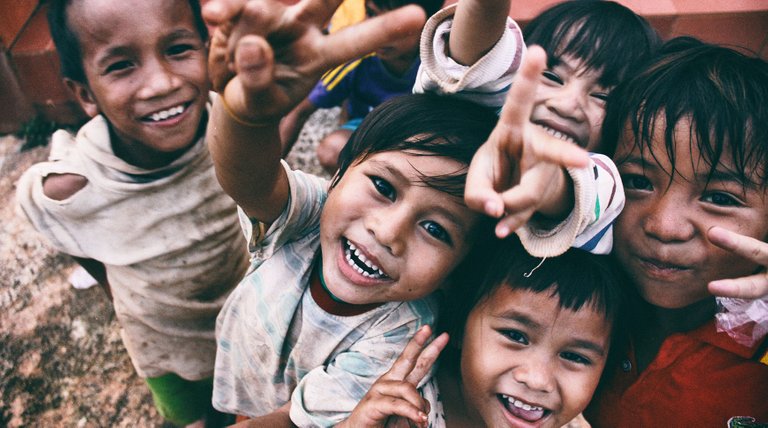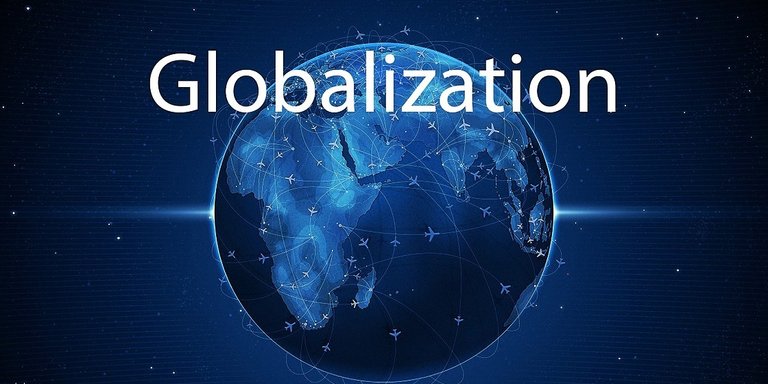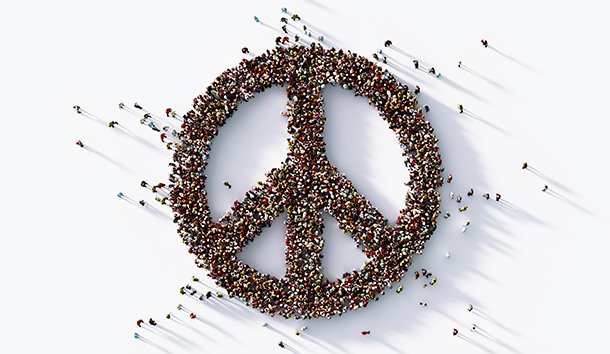A culture of peace will be achieved if the citizens of the world understand global problems and have the ability to resolve conflicts constructively

Building such a culture of human rights is a prerequisite for peace. War and violence inevitably lead to the denial of human rights. Peace and security can only be achieved sustainably and permanently if all human rights have been realized.
We are relatively free from the war in the 21st century, but it is not free from conflicts that directly affect children. Some regions in the world are at risk of armed conflict. Because the world is connected, armed conflicts in distant countries have an impact on the world. Non-military threats to peace and security are also increasing, drought, disease, poverty, hunger, racism, and intolerance are both causes and effects of conflicts.
The 20th century was the period of greatest violence and more victims than all previous centuries combined. Some conflicts, such as the First and 2nd World Wars, swept across the entire planet and left much of the world in ruins.
Conflicts have changed tremendously in our increasingly technological and globalized world, but there are still too many civilian victims, including children. Most of the world's refugees are children, many of whom are fleeing armed conflicts in their countries of origin. In addition, at least half a million girls and boys under the age of eighteen are exploited in the war, either directly as fighters, for laying mines or explosive charges or as helpers. The effects of war on children are devastating and profound, they injure their bodies and souls and their families and communities are destroyed.

Understanding human security?
Human security is a relatively new concept that addresses the interdependence of violence and disadvantage of all kinds. It is about protecting individuals and communities from both direct threats of physical violence and indirect threats that arise from poverty and other forms of social, economic, or political inequality, but also natural disasters and illness. A country that is not threatened by an external attack or internal conflict can also be unsafe, for example, if it is unable to uphold the rule of law, if large sections of the population are displaced by hunger or decimated by disease, or if the people are theirs cannot satisfy basic needs that are necessary for survival.
Human security promotes human rights because it is directed against situations that pose a serious threat to human rights and because it promotes the development of systems by which people receive the building blocks for their survival, dignity and fundamental freedoms, freedom from need, freedom of fear and freedom to act in your own interest. Two general strategies serve this purpose, protection, and empowerment.
- Protection protects people from direct dangers, but it also tries to develop standards, procedures, and facilities that maintain security.
- Empowerment empowers people to develop their potential and to participate fully in decisions.

The task to achieve and maintain human security
- Protection and empowerment of migrants, whether they emigrate to improve their living conditions or are forced to flee to protect themselves from conflicts or serious human rights violations.
- Promotion of universal access to basic medical care, in particular combating infectious and other diseases that are common worldwide, poverty-related threats and violence-related health problems.
- Protection of people in violent conflict, including the proliferation of weapons.
- Promote economic security by adhering to minimum standards everywhere and empowering people to free themselves from poverty.
- Empowerment of all people through universal basic education.
- Clarification of the need for a global human identity while respecting the freedom of the individual to have different identities and affiliations.
- Protection and empowerment of people in post-war situations, including the complex reconstruction of war-torn societies
Peace to uphold human security
Peace is not just the absence of war and violence, it is a form of living together in which all members of society can realize their human rights. Even if peace is not a formally codified human right, it is recognized as an indispensable element for the realization of human rights and belongs to the third generation of human rights, the so-called solidarity rights. These rights do not concern individuals as much as whole societies or groups. They include rights such as the right to peace, sustainable development, communication, or participation in the common heritage of mankind. Peace is also a result of human rights, the more a society promotes, protects and realizes the human rights of its people,
The United Nations General Assembly adopted the Declaration on a Culture of Peace in 1999. It recognizes that all members of the community, for example, parents, teachers, politicians, journalists, religious bodies, intellectuals, civil society institutions, scientists, creatives and artists, medical personnel, social workers, managers of various levels and non-governmental organizations, for the promotion of a responsible culture of peace.

Increasing migration, the effects of globalization, and the advances in information and communication technology are making people more and more mobile. As a result, cultural diversity has become a major hallmark of most countries. While this diversity is a great asset for the societies, it also poses new social and political challenges. As identity issues become more critical, cliches, racism, xenophobia, intolerance, discrimination, and violence can threaten the peace and fabric of state and local communities. The negative consequences of such phenomena range from social exclusion in the community to international conflicts. Intercultural dialogue is an indispensable instrument to combat these developments, to learn to live together, and to develop a sense of community and a sense of belonging.
It is an open and respectful exchange of views between individuals and groups belonging to different cultures, and it leads to a deeper understanding of the other's worldview. Of particular importance is the recognition of the role that religious communities play in this process of identity building and the stimulation of interreligious dialogue to overcome cliches about religion and discrimination at all levels of society.
Peace building
Peacebuilding was originally aimed at eliminating the danger of global extermination through a nuclear war, but today it serves a broader goal to build a culture of peace. It tries to understand and eliminate the causes of conflicts, such as poverty and all forms of discrimination, and to impart the ability to deal with conflicts.
A child usually experiences conflict with other children, parents, teachers, and other adults. Conflicts in themselves are not negative or harmful, usually they can be minimized and resolved. On the other hand, violence, the aggressive use of physical strength, or the improper use of power always results in injury and destruction. For this reason, society has developed many non-violent methods for dealing with conflicts, for example, negotiations or other cooperative approaches that lead to compromises and agreements from which both sides benefit. Learning how to resolve conflicts and avoid violence is an important socialization process for every child.

Peacebuilding teaches the knowledge, skills, attitudes, and values necessary to bring about behavioral changes that enable children, adolescents and adults to prevent conflicts and open or structural violence, to resolve conflicts peacefully and to create conditions that serve peace, whether between individuals or groups, at the state or international level. Peace building increases children's self-esteem, develops their problem-solving skills, and avoids risky behavior.
Teachings and educational initiatives of peace building
- Provide a forum for direct discussion of the values of peace and social justice.
- Demonstrate the principles of equality and non-discrimination in administrative policies and practices.
- Draw on community knowledge of peacebuilding, including conflict management tools that are effective, non-violent, and rooted in the local culture.
- Respect the rights and dignity of everyone involved in dealing with conflicts.
- Develop a climate in which all members of the learning community behave peacefully and respectfully towards one another.
- Uphold the basic rights of children.
- Articulate understanding of peace, social justice, human rights, and global issues.
- Use teaching and learning methods that emphasize participation, problem-solving, and respect for differences.
- Empower children to practically create peace, both in school and in the wider community.
- Create opportunities for constant reflection and professional development of all educators on issues of peace, justice, and human rights.
Peacebuilding has developed into a method to achieve these goals. It is an education which does not simply refer to the right to education, but to an education that to the full development of the human personality and to empowerment respect for human rights and fundamental freedoms. It promotes understanding, tolerance, and friendship between all peoples and all racial or religious groups and supports the work of the United Nations to maintain peace.
I still believe that full cooperation of people will make this virus go away. People should learn to listen and less argue.
You are right. If we start putting others into consideration, there will be no arguments.